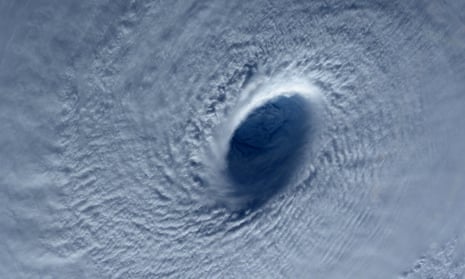Around 24,000 people from the Philippines were being evacuated on Saturday with typhoon Maysak a day away from potentially striking the country’s north-east coast, officials said.
Storm surges, flash floods and landslides remained potential threats even though Maysak, once a super-typhoon, had weakened, with maximum sustained winds of 99 miles per hour, they said.
“We plan to move people out of coastal villages,” Nigel Lontoc, a senior civil defence official for the region, said.
In all, some 24,000 people from the coastal province of Aurora, where the typhoon is projected to make landfall early Sunday, would be evacuated, Lontoc added.
Having started out in the Pacific Ocean, Maysak is expected to weaken further as it crosses the main Philippine island of Luzon on Sunday, according to state weather forecaster Alczar Aurelio.
Aurelio said large waves of up to two metres (6.6ft) were expected to hit the area.
Such storm surges caused many of the deaths when typhoon Haiyan struck the country in November, 2013, leaving more than 7,350 dead or missing.
About 20 typhoons and storms hit the Philippines each year, many of them deadly, but such weather disturbances are rare in April, the height of the tropical Asian nation’s dry season.
Maysak is forecast to strike at the tail-end of a long Easter holiday that saw millions of Filipinos flock to the beaches to escape the heat.
Retired army general Jovie Narcise, who was visiting the Aurora town of Dingalan, said the skies there were clear but that there were big waves crashing along the shore.
Small outrigger fishing boats had been pulled up and stored about 30 metres away from the water to keep them from being swept out to sea, he said.
“There are lots of tourists arriving in the area but they are going to resorts situated on higher ground,” Narcise said.
Social welfare undersecretary Vilma Cabrera told a news conference in Manila that about 10,000 tourists were warned on Friday to stay away from the Aurora beaches.
“We have asked the tourists [in Aurora] to stay in their hotels and avoid the water,” said Lontoc, the regional disaster official.
Maysak was tracked about 280 miles south-east of Aurora’s coast at 10am (0300 BST) and was moving north-west at 14 miles an hour.
Maysak last week ravaged the Federated States of Micronesia, leaving at least five dead, thousands homeless and crops destroyed.
